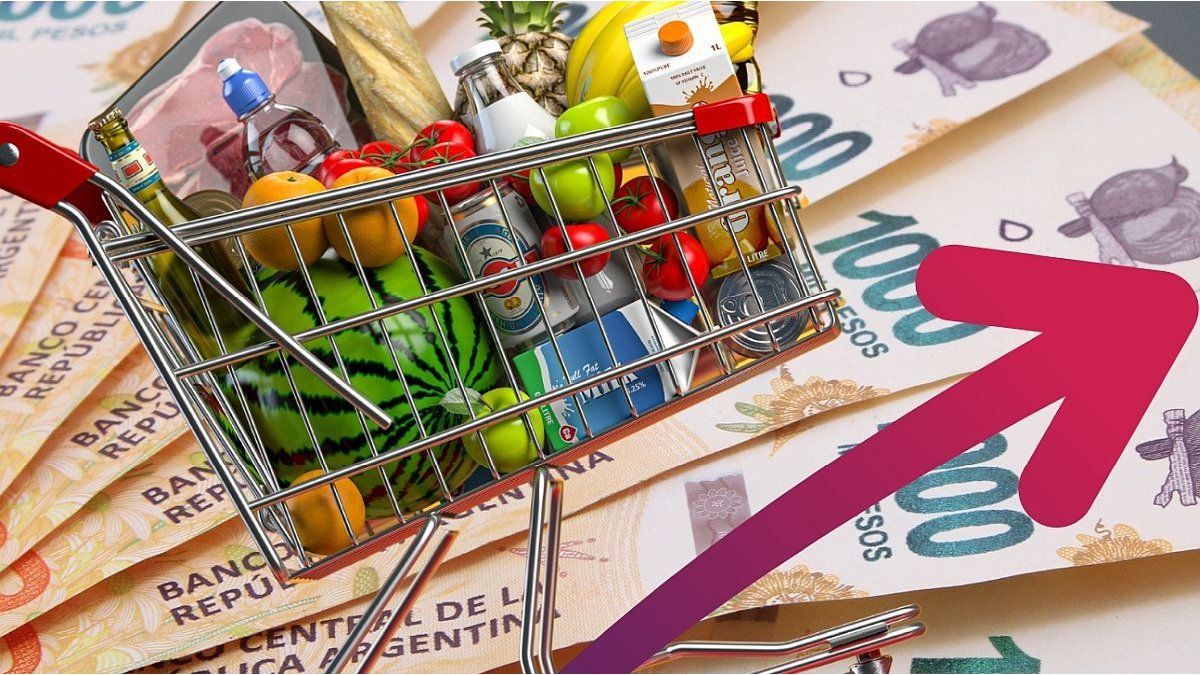Vegetables and beverages were the items with the greatest impact in the second week of October. The Government is pushing to keep the CPI below 2%.
Waiting for the official figures of september inflation of this year, which will be known next Tuesday, October 14, the food prices continue to be the Government’s main challenge, with a strong impact on the Consumer Price Index (CPI) despite the recent monetary stability that the national administration achieved after the announcement of the US bailout.
The content you want to access is exclusive to subscribers.
According to the consulting firm LCG, the increases in the second week of October in food and beverages were 1.4% on average. In their latest report, they stated that “the percentage of products without price changes remained at 80%, so “The increases are concentrated in fewer products but are more pronounced”.


In this framework, the category of vegetables was the one that had the most impact on consumers, with increases of 3.8% weekly, followed by drinks and infusions (2.7%), oils (2%), fruit (1.8%), dairy and eggs (1.6%) and meats (1.3%). The study also recorded a drop in the prices of ready-to-go meals, in the order of 0.3%.
Consumer Price Inflation

Beverages were the second item with the highest inflation in August of this year.
Mariano Fuchila
This trend is correlated with other studies. For example, the Eco Go report revealed an increase in 0.9% in the first week of October in food and beverageswhich implied a recalculation of October inflation to reach 2.6%. Taking into account regional differences, Analytica recorded increases of between 4% and 9% in sunflower oil at the Buenos Aires level and increases of between 1% and 3% in sugar, with peaks of 8.6% in Misiones and 4.6% in La Pampa.
According to official figures from the National Institute of Statistics and Censuses (INDEC)the alcoholic beverages had been the item with the second highest price increase in August of this year (3.5%, only behind the 3.6% of the transportation item), while food (1.4%) increased below general inflation (1.9%). A typical family in Argentina needs to earn $1,160,780 a month to not be poor. In August, the indigence line stood at $550,529.
“Worker inflation” hit highest level since April
He Institute of Workers Statistics (IET) of the Metropolitan University for Education and Work (UMET) and the Center for Concertation and Development (CCD) reported that Workers’ inflation stood at 2.2% during September, accelerating compared to the 1.6% registered in Augusta data similar to the CABA CPI. It is about the highest level since April and marks four consecutive months of increase.
In the interannual measurement, The index reached 31%, the lowest record since 2018. Meanwhile, accumulated inflation in the first nine months of 2025 reached 20.8%. If this trend continues, It is projected that the year would close around 28.6%.
The survey highlighted that the divisions with the greatest increases were Transportation (+3.6%)driven by increases in airfares, vehicles and fuels; Miscellaneous Goods and Services (+2.8%); and Recreation and Culture (+2.4%), where increases in personal care and tourist packages had an impact.
On the contrary, Food and Beverages—the item with the greatest weight in the basket— showed a more moderate increase of 1.6%which helped contain the general index.
Source: Ambito




